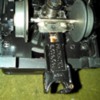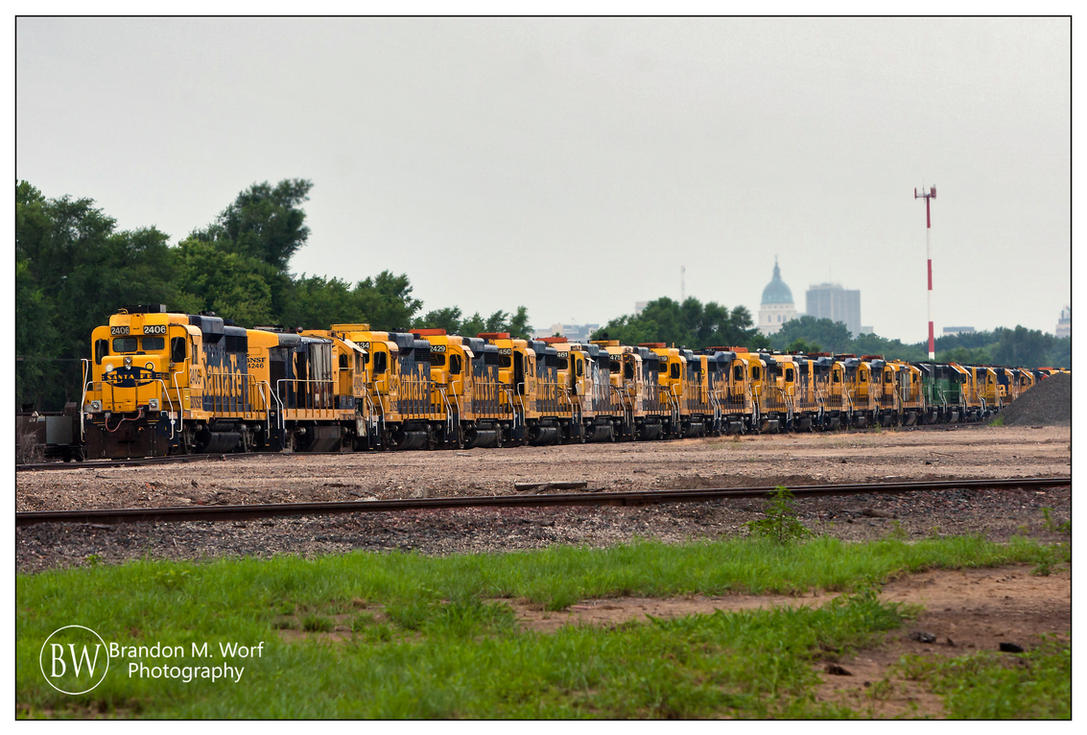One of the things I've always found cool about MTH engines and DCS is the easy ability to create lash ups of locomotives, able to make multiple diesel lash ups or double or even triple headed steam engines. So, I decided to try it on two of my engines I had on the layout at the moment: a Premier Mikado and a RailKing 0-8-0.
However, when I created said lash up, the 0-8-0 would move faster than the Mikado. I could tell since the couplers were being pressed between them, and the wheels on the 0-8-0 were trying to move faster.
So, I must ask, do certain engines work better in a lash up together than others? Such as two of the same engine together will work better than those that are different? Are there other choices that are too different to work correctly together?







